Most smartphone cameras are fine for general snaps, but won't do justice to the things you see and experience when you're on your travels, while carrying a bulky DSLR is just too much of a hassle for a lot of people. In the age of minimalism, everyone aims to travel light and keep things flexible.
- Check out our guide to the best compact cameras
This is why the 'travel camera' genre is so popular. These are compact cameras barely larger than a regular point-and-shoot model, but with massive 20x or 30x zoom lenses. You get the portability of a regular camera, but with much more scope for shooting different kinds of subjects.
Some models now sport larger sensors for improved image quality
You're not going to get the same kind of quality you'd get from a DSLR or a mirrorless camera because the only way to make cameras with big zooms small enough to go in a pocket is to use a smaller sensor. But the picture quality is still pretty good, and perfect for sharing with friends and family, while some models now sport larger sensors for improved image quality.
If you're not sure this is the kind of camera you need, check our step by step guide: What camera should I buy?
Alternatively, if you're going to be by the pool or on the beach, you might want something a bit more rugged, so take a look at our best waterproof camera and best action camera guides.
Otherwise, keep reading, because here's our list of the top travel cameras you can buy right now.
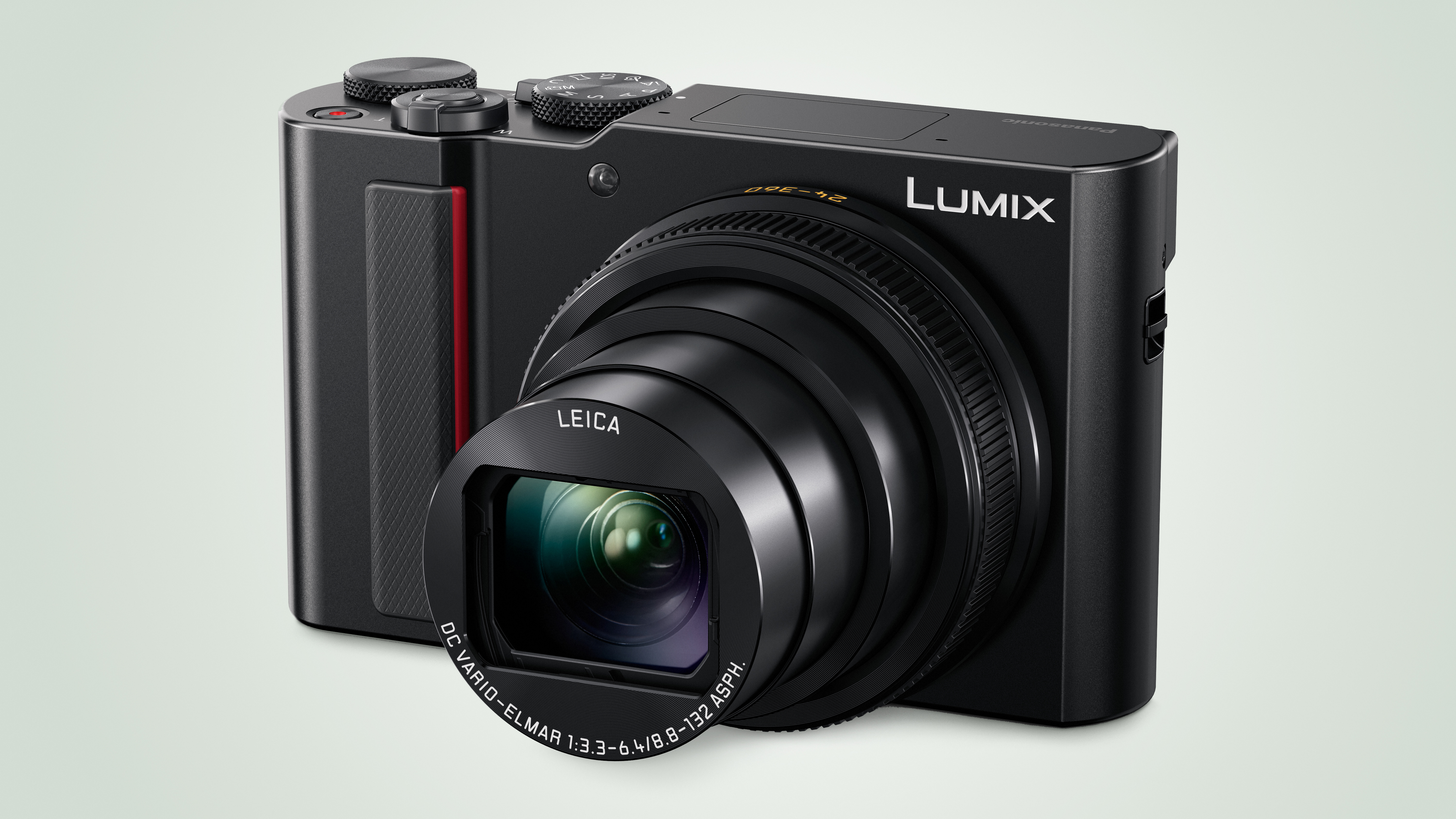
With the rise of high-end compacts like the excellent Sony Cyber-shot RX100 V stealing the thunder from compact travel zooms, Panasonic's response has been to keep the camera body about the same size as its earlier ZS/TZ-series cameras but to squeeze in a much larger sensor. We saw this with the Lumix ZS100 (known as the Lumix TZ100 outside the US), and Panasonic's continued this with the new Lumix ZS200 / TZ200. This physically larger sensor enables much better image quality, but the slight downside though is the zoom range lens isn't quite so extensive as some. That said, The ZS200 / TZ200 still sports a very versatile 15x zoom lens, while there's also a handy built-in electronic viewfinder. Not only that, there's the addition to 4K video recording and Panasonic's 4K Photo mode to help capture 8MP images of fleeting moments. The best travel zoom compact camera available, if a little pricey.
Read our in-depth Panasonic Lumix ZS200 / Lumix TZ200 review
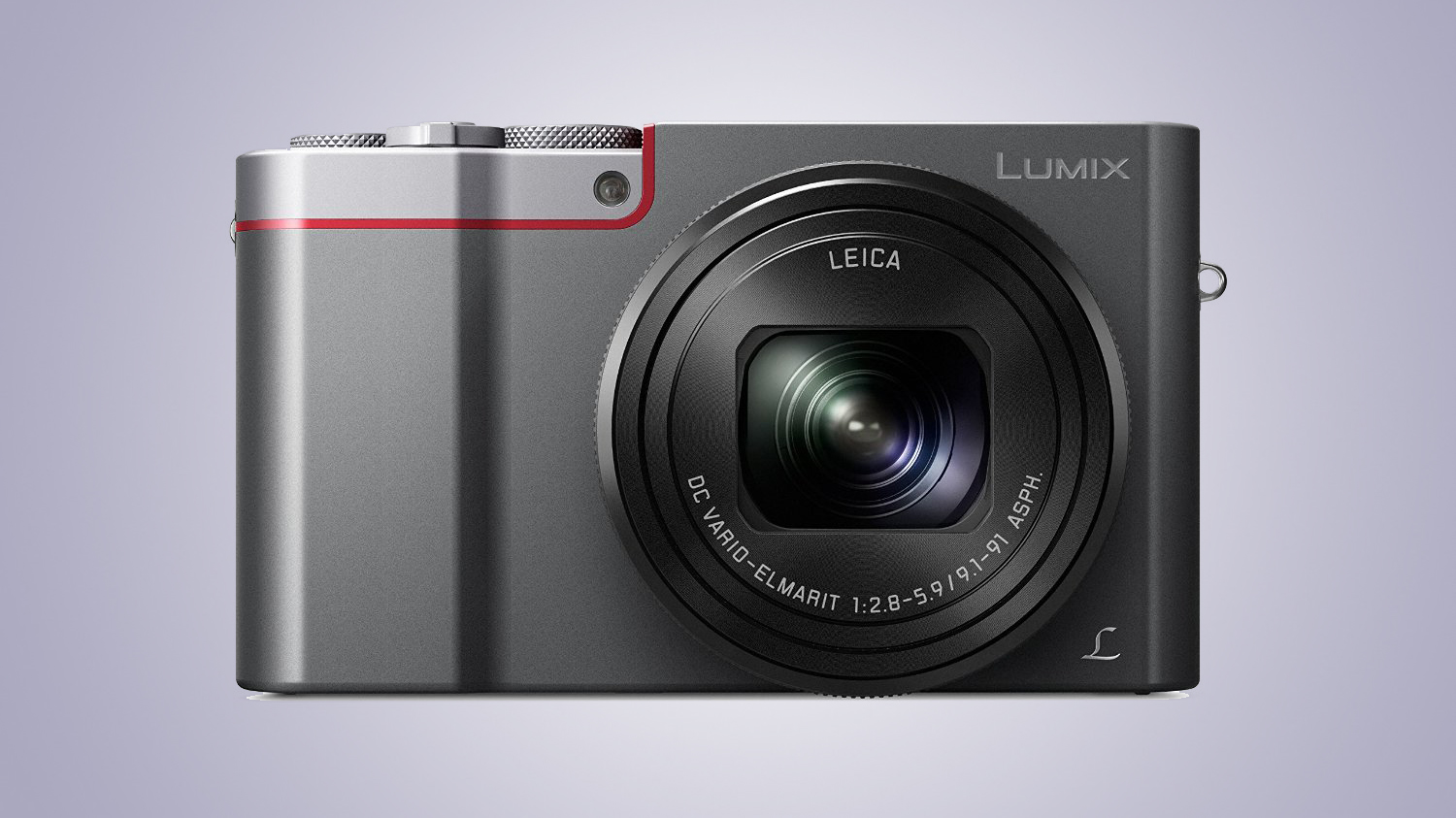
Until the Lumix ZS200 / TZ200 came along, the Lumix ZS100 / TZ100 was our pick of the travel zoom compacts. Like it's newer sibling, the ZS100 / TZ100 enjoys a large 1.0-inch sensor with a decent 20.1MP resolution, but the 10x zoom is one of the shortest available. Not let that put you off though, as the Z100 / TZ100 is a brilliant camera, with a built-in electronic viewfinder, large touchscreen, 4K video, Wi-Fi image transfer and easy-to-use controls. There's also more advanced manual features as well, including raw capture for those who like to edit their images at a latter date. It all adds up to be a powerful travel compact that should now be at an even more tempting price.
Read our in-depth Panasonic Lumix ZS100 / Lumix TZ100 review

Sony revolutionised premium compact cameras with the original RX100 as it was the pocket-sized camera to feature a large 1.0-inch sensor. However, thanks to the pretty modest zoom lenses on previous models, they haven't really lent themselves as travel cameras. That all changes with the arrival of the RX100 VI, which packs in a decent 24-200mm zoom lens, which while shorter than a lot of rivals, features an impressive fast (variable) maximum aperture. On top of this, the RX100 VI features a stunning (if complex) autofocus system, the ability to shoot at 24fps and advanced 4K video recording. It can be a bit fiddly to use, and is expensive, but there's certainly nothing else that can touch it when it comes to performance.
Read our in-depth Sony Cyber-shot RX100 VI review
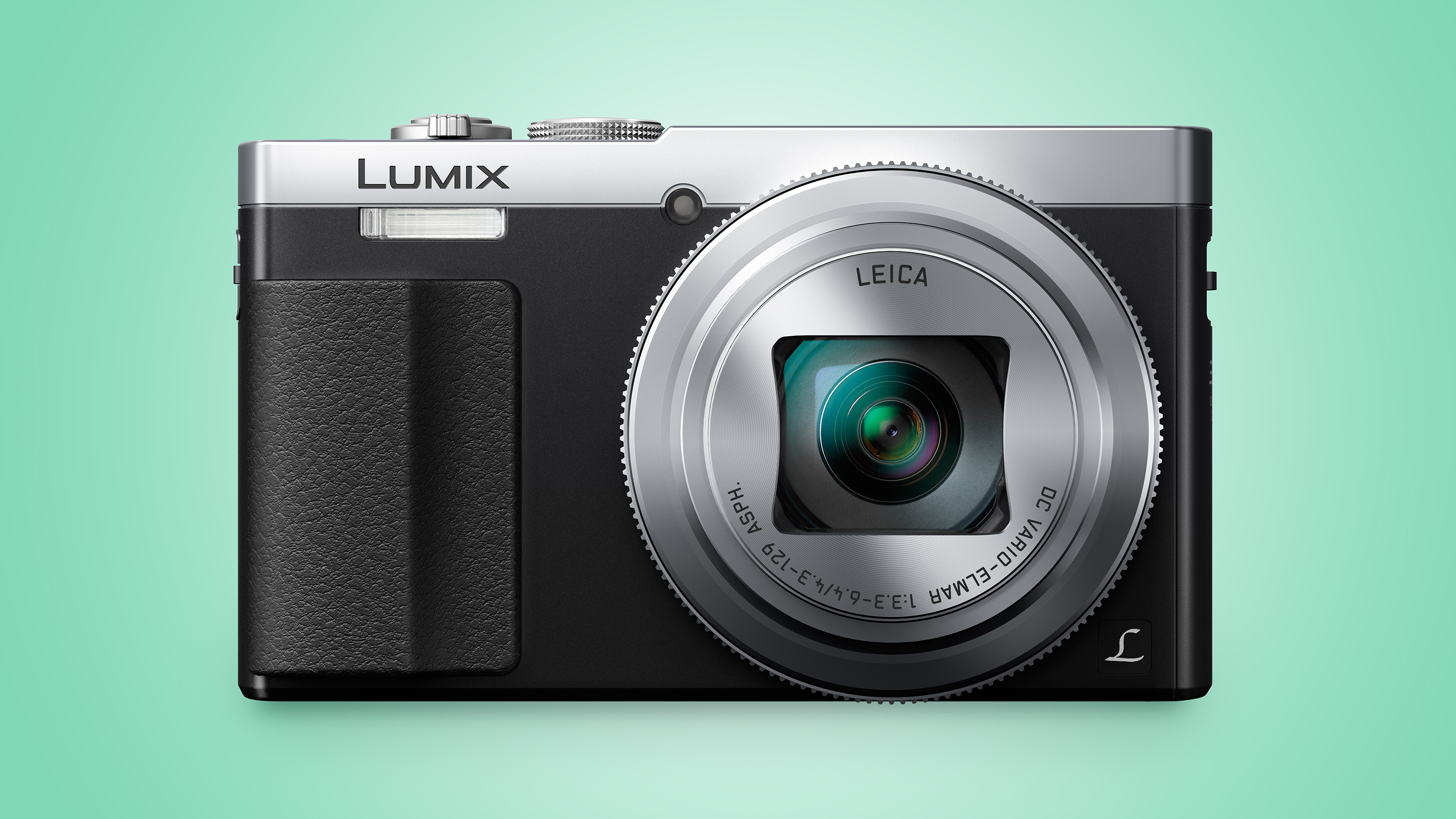
Panasonic's ZS/TZ-series cameras kicked off the whole big-zoom travel camera genre, and they still lead the field. The Lumix ZS50 (Lumix TZ70 outside the US) might not be the newest model in the range, but with a big 30x zoom, auto and manual controls and the ability to shoot raw files – a big bonus for keen photographers who want the best quality from a small camera, there's little to fault for the price. The Lumix ZS50 even squeezes in an electronic viewfinder. Okay, it's not the largest EVF out there, but it can be really handy in bright light. It's the Swiss Army Knife of travel cameras, combining convenience, quality and control. There are lots of imitators, but this is the original.
Read our in-depth Panasonic Lumix ZS50 / Lumix TZ70 review
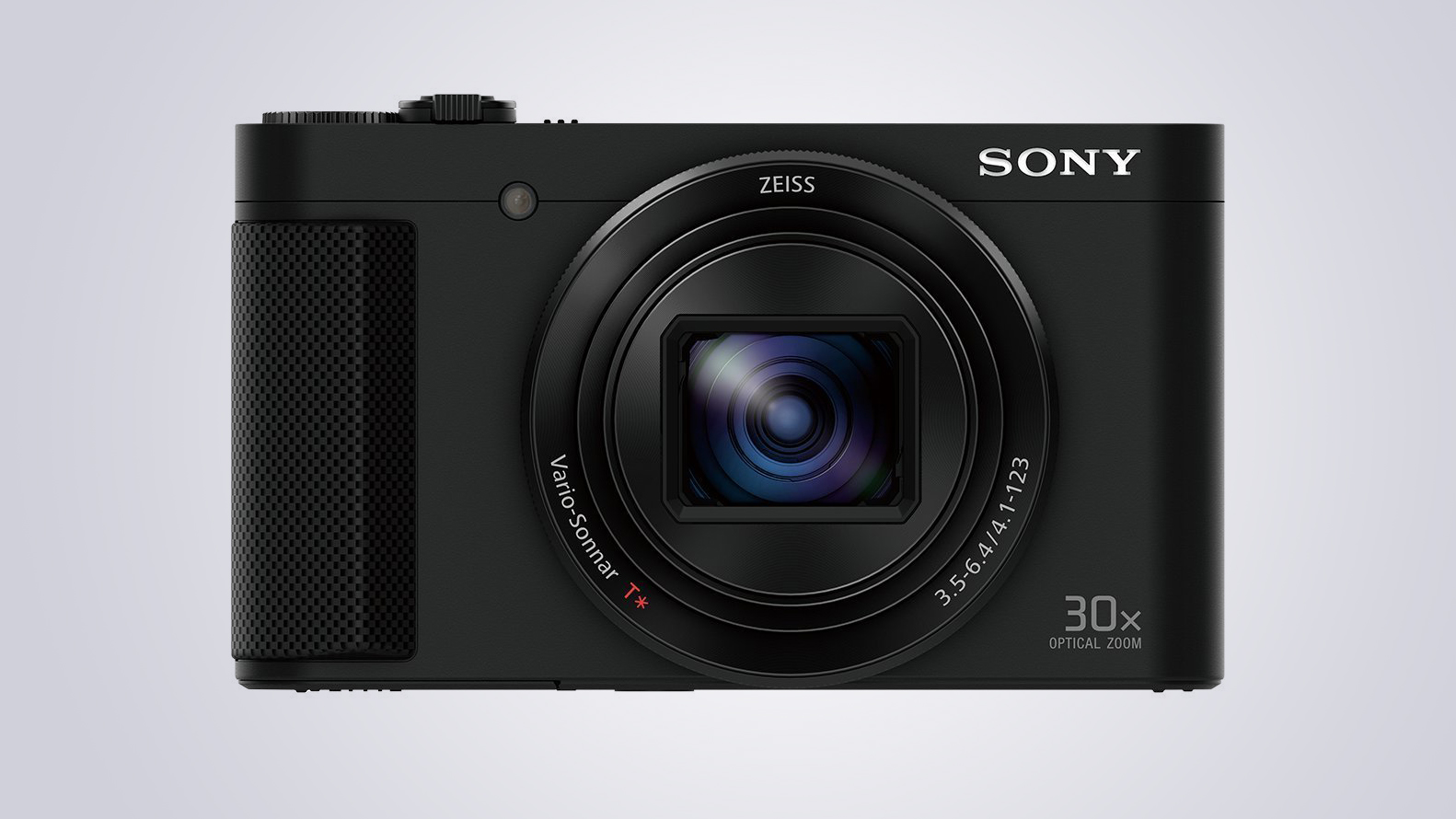
The HX90V shares the same 30x optical zoom range as the Lumix ZS50 / TZ70 (above), including a built-in electronic viewfinder. A big bonus in the glare of harsh, bright light, when regular LCD screens can be hard to see, but the EVF in the HX90V pops up out of the body when you need it, which might not be to everyone's taste. There's a handy 180-degree tilting screen, and while you can't shoot raw files, the HX90V does put your pictures on the map – literally – by recording the location using its built-in GPS receiver.
Read our in-depth Sony Cyber-shot HX90V review

You might be wondering why the Lumix ZS70 (Lumix TZ90 outside the US) comes lower down our list than the ZS50 / TZ70 – a camera now two generations old. The answer's simple – the jump from a resolution to 12MP to 20MP has seen image quality actually suffer in low light thanks to the increased pixel count. That said, there's the welcome addition of 4K video capture and a great a touchscreen interface. There's also a really good touchscreen that now flips out from the body for selfies and built-in EVF – this could be better, but some rivals at the same price don't even feature one at all.
Read our in-depth Panasonic Lumix ZS70 / Lumix TZ90 review
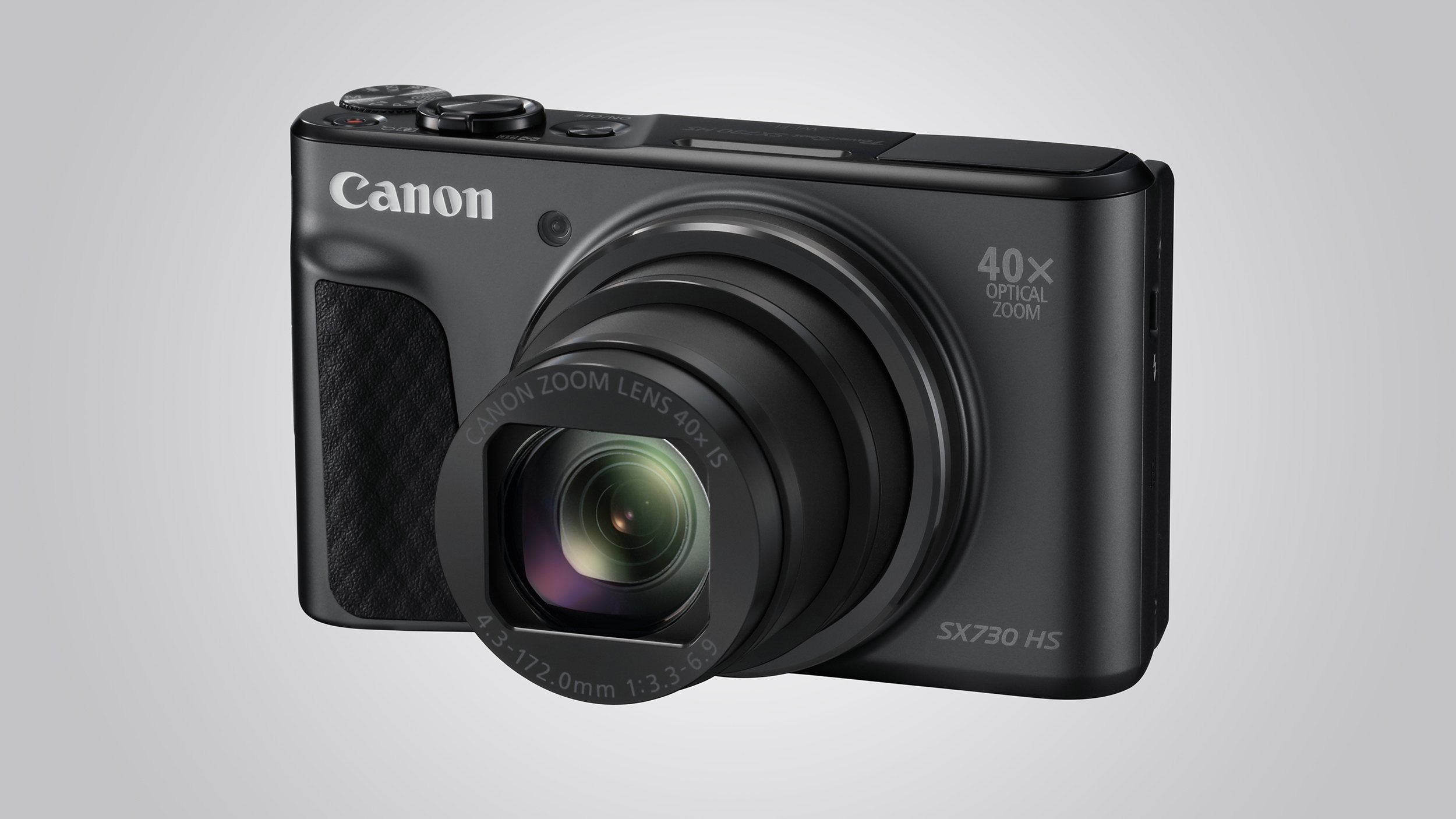
The Canon PowerShot SX730 HS is something of a tale of two halves. The good news is that it exhibits a fine build and is generally pleasing to use, with good response across most aspects of operation. If you want a no-nonsense camera with a broad zoom range, and most of the decision-making left to it, the SX730 HS may just be what you’re after. The flipside of this is that the PowerShot SX730 HS lacks several of the features of its rivals, despite being one of the dearest options of its kind. 4K video, touch operation, an electronic level, even the option to move the focusing point; if you want any of these you'll have to look elsewhere.
Read our in-depth Canon PowerShot SX730 HS review
Also consider…
Going on vacation or further afield, but not fussed about size and weight? Then we've picked out three alternatives for you to consider – a DSLR, a mirrorless camera and a bridge camera. All have advantages over a dedicated travel zoom compact if you're prepared to have a slightly bulkier bag. Let's take a look…
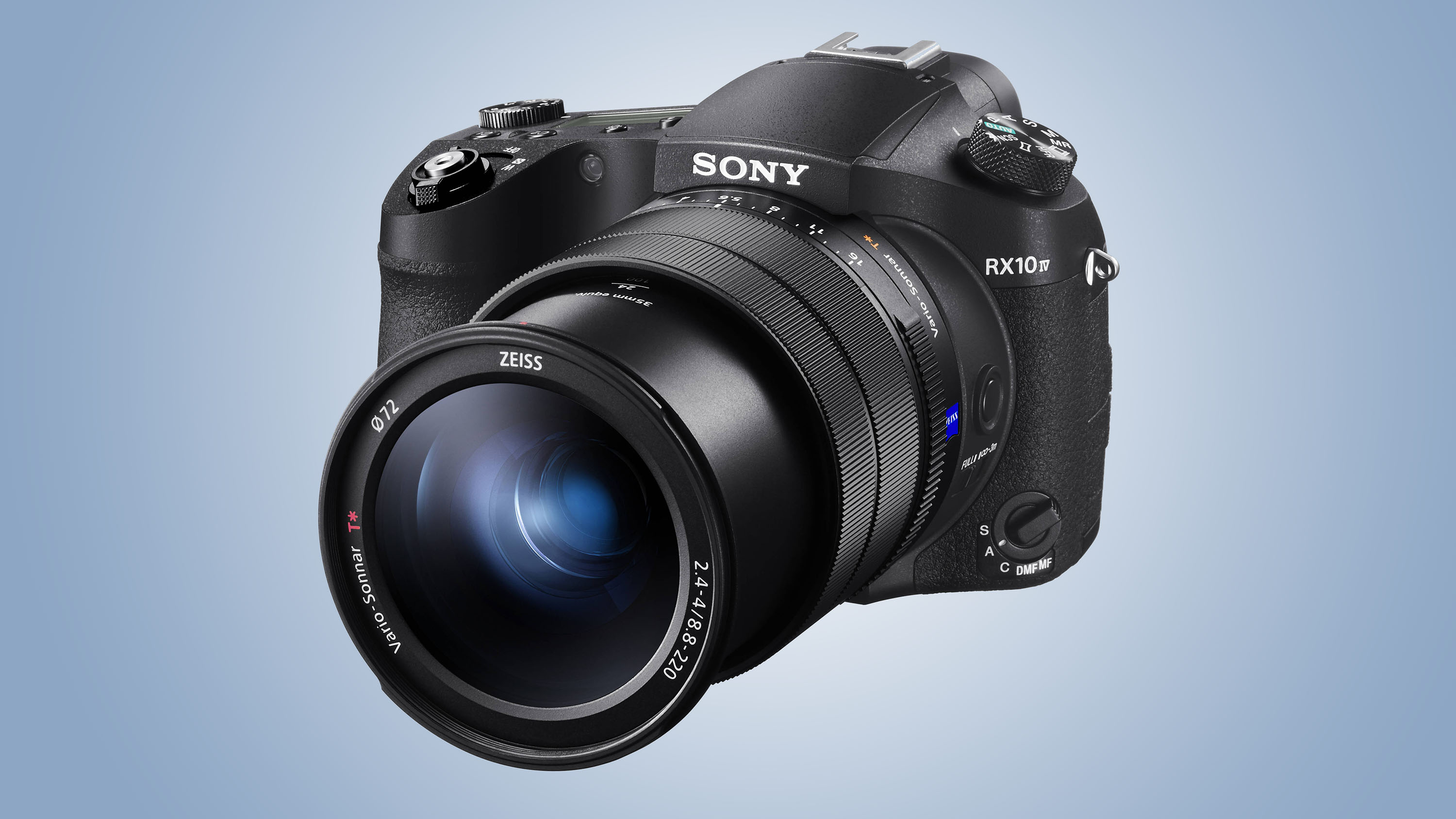
Like the idea of an all-in-one camera with a quality sensor, but want an even longer zoom lens? Then a bridge camera is the answer and Sony's Cyber-shot RX10 IV is the best there is. Featuring a huge 24-600mm f/2.4-4 zoom lens, the RX10 IV builds on the RX10 III with an overhauled AF system that now does justice to the rest of the camera, while the 1-inch, 20.1MP sensor is capable of achieving excellent levels of detail. Handling is very polished, feeling like a DSLR in the hand and complemented by a large and bright electronic viewfinder. That's not forgetting the ability to capture video in 4K and shoot at up to 24fps. Impressive stuff.
Read our in-depth Sony Cyber-shot RX10 IV review
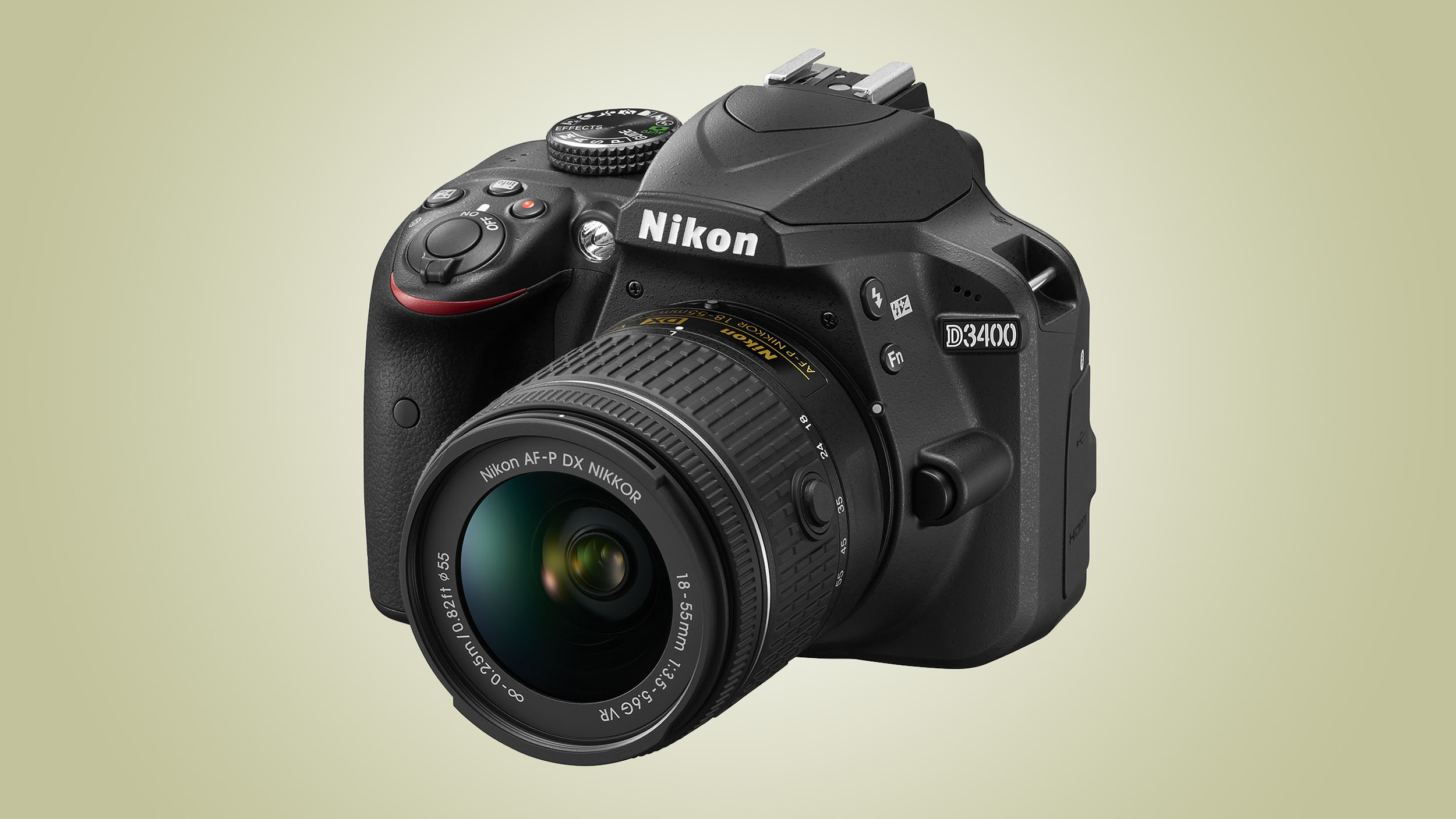
Nikon's D3400 is our favorite entry-level DSLR right now. The large 24.2MP APS-C sensor will deliver superior images to those of a travel zoom compact camera, while the 1200 battery life is brilliant if you're on your travels. It's fair to say it's not loaded with features, but the D3400 is very easy to use (even if you've never picked-up a DSLR before) and it's pretty compact to. While the D3400 is most often bundled with a 18-55mm kit lens, this will be pretty limiting for your travels, so you'll want to invest in something like Tamron's 18-400mm f/3.5-6.3 Di II VC HLD superzoom lens. Thanks to the 1.5 crop factor of the APS-C sensor, this is equivalent to 27-600mm. This offers plenty of range to cover off most subjects, while you can always swap to a fast prime lens for more creative, shallow depth of field shots.
Read our in-depth Nikon D3400 review
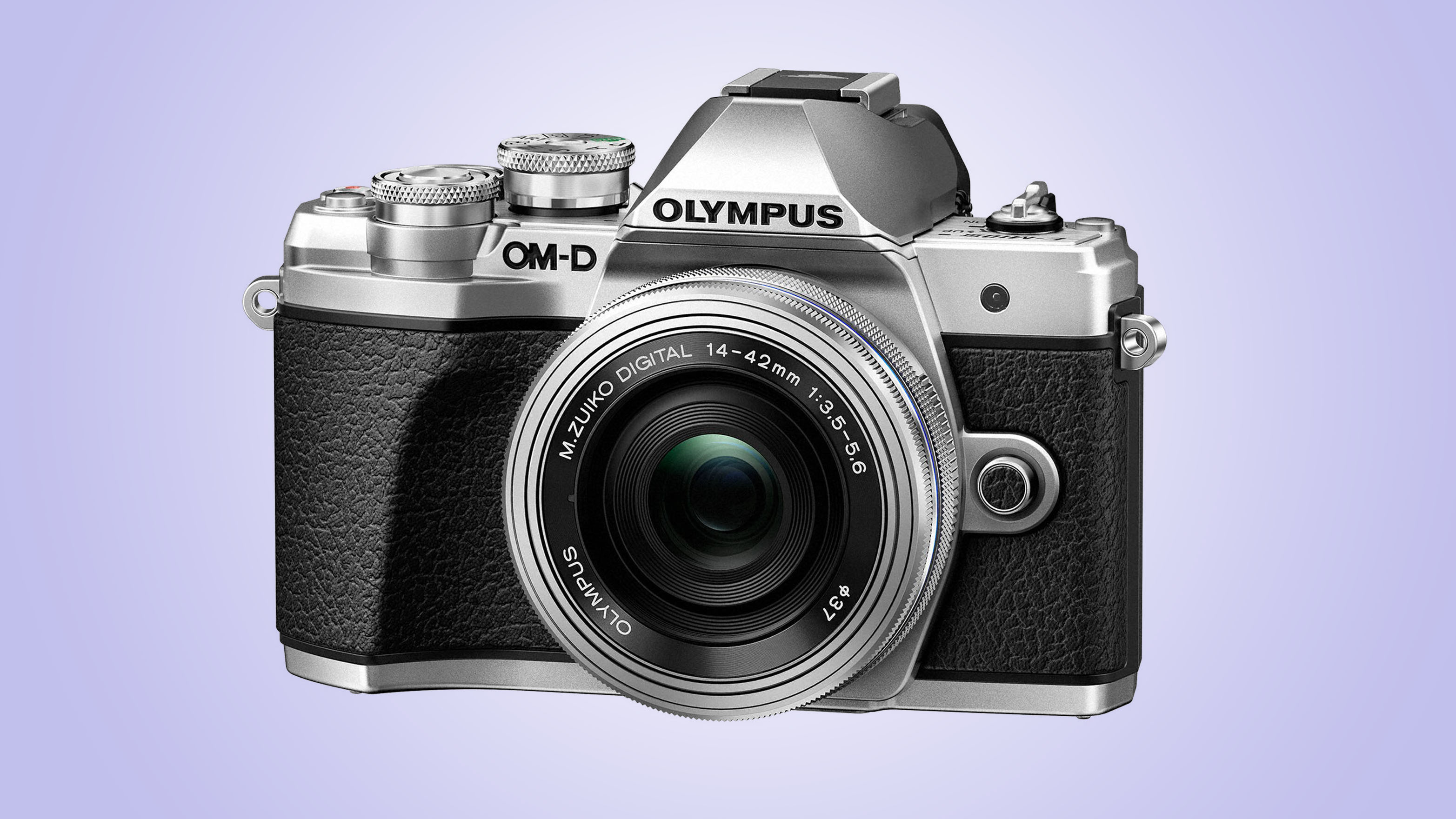
Olympus has refined and tweaked one of our favorite mirrorless cameras to make it an even more tempting proposition for new users and enthusiasts alike. Featuring a Micro Four Thirds sensor format sensor (roughly half the area of APS-C), means image quality isn't quite a match for APS-C rivals like the D3400, but the effect on image quality is minor and they're still better than a travel zoom. It also means that the lenses are as compact and lightweight as the camera itself. Sporting a 5-axis image stabilization system, decent electronic viewfinder, an impressive 8.6fps burst shooting speed and 4K video, it's no toy – the E-M10 Mark III is a properly powerful camera. Pair it with a couple of neat Micro Four Thirds lenses and you've got a decent little travel set-up.
Read our in-depth Olympus OM-D E-M10 Mark III review